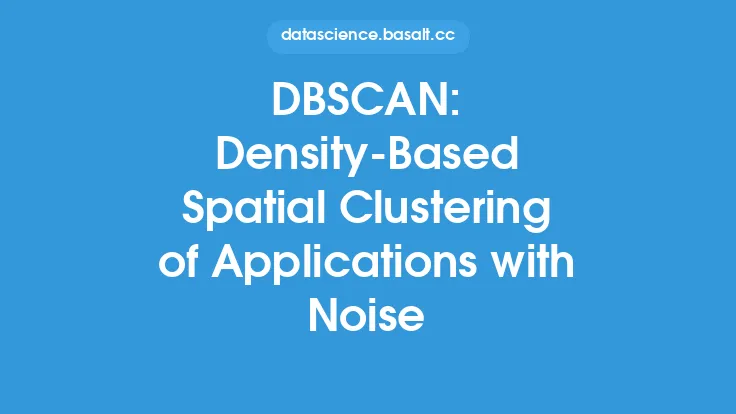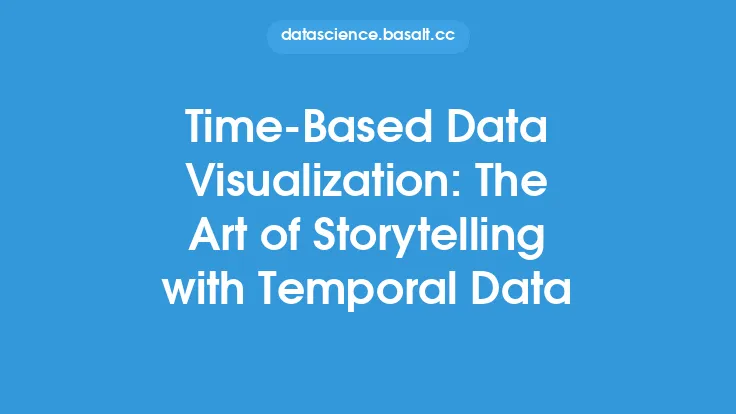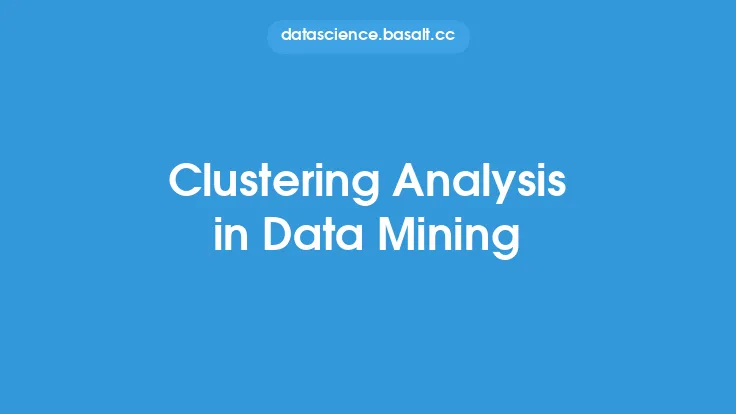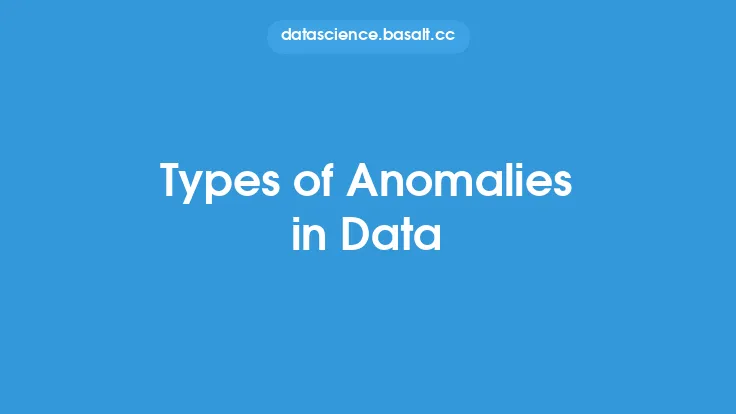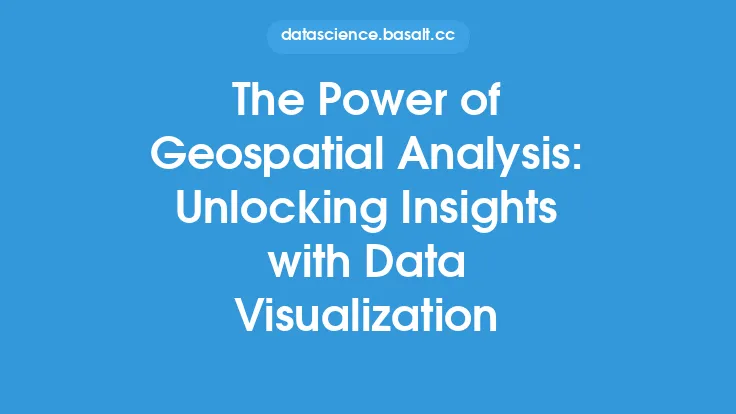Density-based spatial clustering is a type of data mining technique used to group data points into clusters based on their density and proximity to each other. This technique is particularly useful for identifying patterns and structures in spatial data, such as geographic locations, network traffic, or other types of data that have a spatial component. In this article, we will delve into the details of density-based spatial clustering, its key concepts, algorithms, and applications.
Introduction to Density-Based Spatial Clustering
Density-based spatial clustering is a non-parametric technique, meaning it does not require a predefined number of clusters or a specific distribution of the data. Instead, it relies on the density of the data points to identify clusters. The basic idea is to group data points that are densely packed together and separated from other groups by areas of low density. This approach is particularly useful for identifying clusters of varying shapes and sizes, as well as for handling noise and outliers in the data.
Key Concepts in Density-Based Spatial Clustering
There are several key concepts that are essential to understanding density-based spatial clustering. These include:
- Density: The density of a data point is a measure of the number of points within a certain radius (called the epsilon neighborhood) of that point.
- Epsilon neighborhood: The epsilon neighborhood of a point is the set of all points within a certain distance (epsilon) of that point.
- Core point: A core point is a point that has a density greater than a certain threshold (called the minimum density) and is surrounded by other points with similar density.
- Border point: A border point is a point that is not a core point but is within the epsilon neighborhood of a core point.
- Noise point: A noise point is a point that is not a core point or a border point and is typically considered to be an outlier.
Algorithms for Density-Based Spatial Clustering
There are several algorithms that can be used for density-based spatial clustering, including:
- DBSCAN (Density-Based Spatial Clustering of Applications with Noise): DBSCAN is one of the most popular density-based spatial clustering algorithms. It works by identifying core points, border points, and noise points, and then grouping the core points into clusters.
- OPTICS (Ordering Points To Identify the Clustering Structure): OPTICS is an extension of DBSCAN that can handle varying densities and can identify clusters of varying shapes and sizes.
- DENCLUE (Density-Based Clustering of Data with Noise): DENCLUE is a density-based clustering algorithm that uses a grid-based approach to identify clusters.
Applications of Density-Based Spatial Clustering
Density-based spatial clustering has a wide range of applications, including:
- Geographic information systems (GIS): Density-based spatial clustering can be used to identify patterns and structures in geographic data, such as the distribution of population, traffic, or other types of spatial data.
- Network analysis: Density-based spatial clustering can be used to identify clusters in network data, such as the distribution of nodes and edges in a social network.
- Image segmentation: Density-based spatial clustering can be used to segment images into regions of similar density, such as identifying objects or patterns in an image.
- Bioinformatics: Density-based spatial clustering can be used to identify patterns and structures in biological data, such as the distribution of genes or proteins in a cell.
Advantages and Disadvantages of Density-Based Spatial Clustering
Density-based spatial clustering has several advantages, including:
- Ability to handle varying densities: Density-based spatial clustering can handle clusters of varying densities and can identify clusters in data with varying levels of noise.
- Ability to handle high-dimensional data: Density-based spatial clustering can handle high-dimensional data and can identify clusters in data with many features.
- Robustness to outliers: Density-based spatial clustering is robust to outliers and can handle data with a large number of noise points.
However, density-based spatial clustering also has some disadvantages, including:
- Computational complexity: Density-based spatial clustering can be computationally expensive, particularly for large datasets.
- Parameter selection: Density-based spatial clustering requires the selection of several parameters, including the epsilon neighborhood and the minimum density, which can be difficult to choose.
Conclusion
Density-based spatial clustering is a powerful technique for identifying patterns and structures in spatial data. Its ability to handle varying densities, high-dimensional data, and outliers makes it a popular choice for many applications. However, its computational complexity and parameter selection requirements can make it challenging to use. By understanding the key concepts, algorithms, and applications of density-based spatial clustering, data miners can use this technique to gain insights into their data and make informed decisions.
